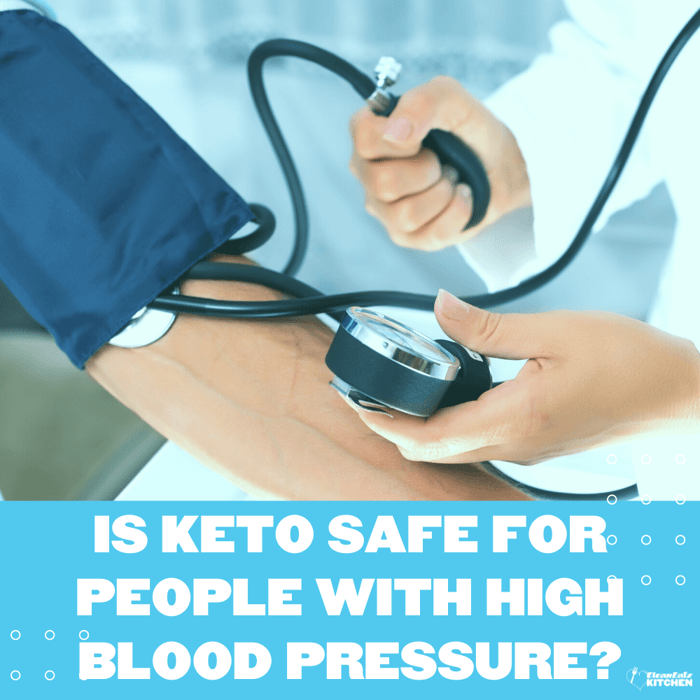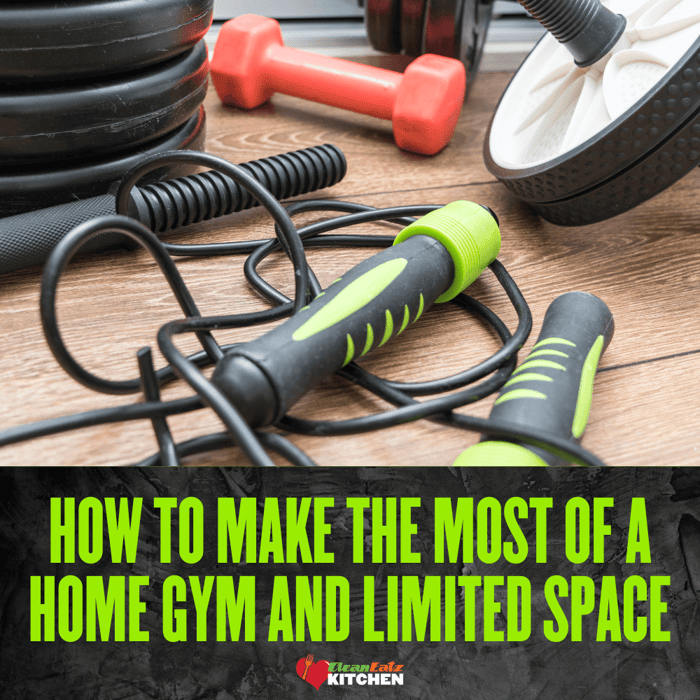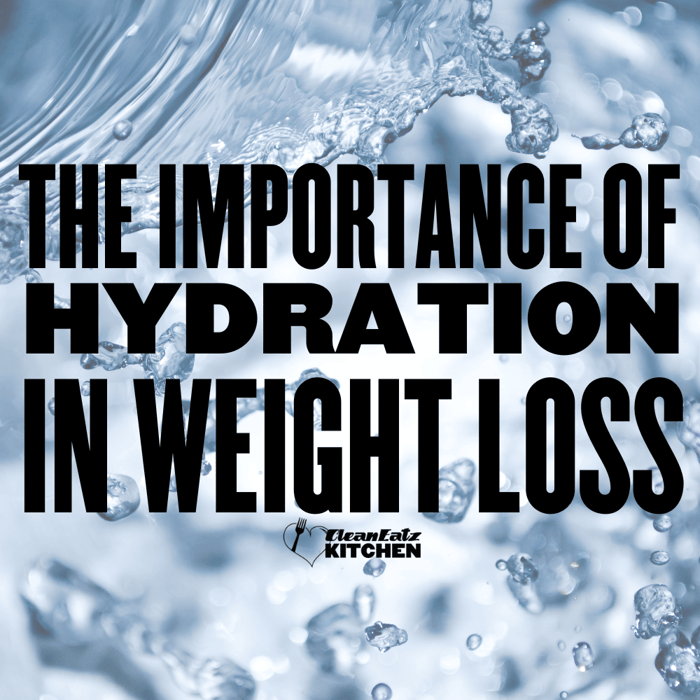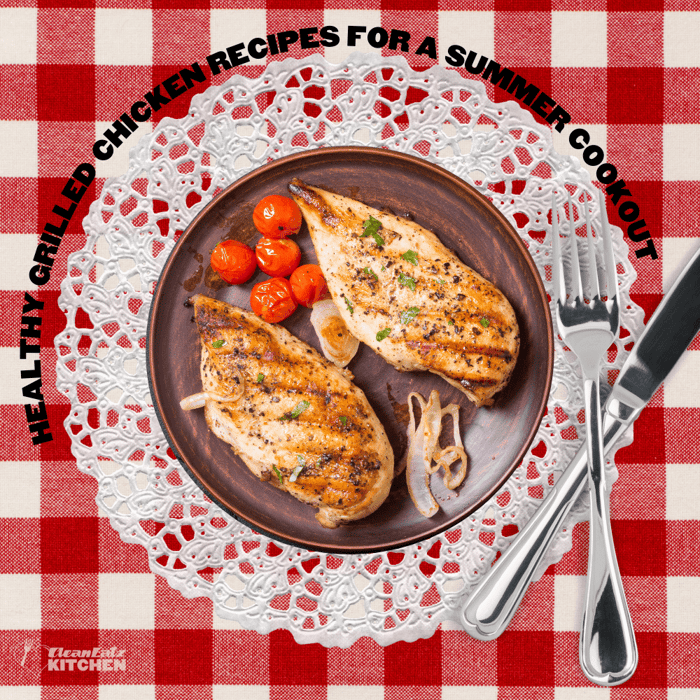Last updated: September 15, 2025
Is a Keto Diet Safe for People with High Blood Pressure?
Quick answer: A well-planned, clinician-supervised low-carb or ketogenic diet can help some people lower blood pressure—mostly by supporting weight loss and better blood sugar control. But keto isn’t automatically “heart-healthy.” Watch sodium intake, avoid heavy saturated fat, stay hydrated, and coordinate with your clinician if you take blood-pressure or diuretic medications.
What Do We Mean by “Keto”?
A practical keto pattern keeps carbs roughly 20–50 g net/day (carbs minus fiber) and builds meals around protein, non-starchy vegetables, and added fats. For blood pressure, we favor a heart-lean version (olive oil, nuts, seeds, avocado, fatty fish) over butter-heavy approaches.
Potential Benefits for Blood Pressure
- Weight loss: losing even 5–10% of body weight often improves blood pressure. Set targets with our Calorie Calculator and review how long changes are noticeable.
- Lower refined carbs/sugar: can reduce insulin spikes and water retention in some people.
- Less ultra-processed food: often means fewer high-sodium packaged foods (as long as you don’t add extra salt back in).
Risks & Who Should Be Cautious
- Sodium loading: Many keto guides suggest extra sodium to prevent “keto flu.” With hypertension, do not add salt indiscriminately. Keep daily sodium moderate per your clinician and use herbs/acid for flavor (see swaps below).
- Dehydration & dizziness: early fluid shifts can drop BP quickly; hydrate and consider a balanced electrolyte plan that doesn’t overshoot sodium.
- Lipids: very high saturated fat can raise LDL in some people. Favor unsaturated fats (olive oil, nuts, seeds, fish).
- Medication interactions: diuretics, ACE inhibitors/ARBs, and certain diabetes meds (e.g., SGLT-2) affect fluids/electrolytes. Coordinate adjustments with your clinician.
- Special populations: kidney disease, gout, pregnancy/postpartum, eating-disorder history—use a different approach or strict medical supervision.
“Smart Keto” for Hypertension (Food & Sodium Guide)
- Protein anchor each meal: eggs, poultry, fish (salmon, tuna), tofu/tempeh; limit processed deli meats due to sodium.
- Fats = mostly unsaturated: olive oil, avocado, nuts/seeds. Use butter/cream sparingly.
- Non-starchy vegetables: leafy greens, broccoli, zucchini, peppers, mushrooms, cauliflower.
- Sodium: cook with minimal salt; finish with lemon, vinegar, herbs, spices, garlic, chili. Be mindful with salty add-ons like pickles, cured meats, and hot sauces.
- Hydration: prioritize plain water; on hot/training days use low-sugar electrolytes (guide here).
Lower-Sodium, Heart-Lean Keto Swaps
| Instead of… | Choose… | Why it helps |
|---|---|---|
| Bacon & deli meats | Fresh chicken, turkey, fish, eggs | Lower sodium; better for BP |
| Butter-heavy cooking | Olive oil + avocado | More heart-healthy fats |
| Salt-forward seasonings | Lemon, vinegar, herbs, garlic, chilies | Flavor without sodium spikes |
| Cheese at every meal | Nuts/seeds, avocado, a little feta | Balances sodium & saturated fat |
| Breading/tortillas | Leaf wraps, roasted veg, cauliflower rice | Keeps carbs low without processed sodium |
Sample 1-Day Low-Sodium Keto Menu (≈1,600–1,900 kcal)
- Breakfast: 2–3 eggs scrambled with spinach, mushrooms, olive oil; 1/2 avocado; coffee or tea.
- Lunch: Salmon salad bowl (5–6 oz salmon, mixed greens, cucumbers, cherry tomatoes) with olive-oil + lemon vinaigrette; sunflower seeds.
- Snack: Plain Greek yogurt (unsweetened) with walnuts and cinnamon or celery + measured almond butter.
- Dinner: Roasted chicken thighs (skin on, lightly salted) with zucchini and cauliflower tossed in olive oil, herbs, and garlic.
- Hydration: water all day; if training or it’s hot, add a low-sugar electrolyte mix without overshooting sodium.
Prefer done-for-you balance? Use our Build-a-Meal Plan or Weight-Loss Meal Plan and focus on higher-protein, lower-sodium picks.
Work With Your Clinician (Checklist)
- Share your plan and home BP readings (consider daily at first).
- Discuss medication adjustments if pressure drops (especially diuretics).
- Get baseline and follow-up labs (lipids, kidney function, electrolytes).
- Agree on a sodium range and symptoms that should prompt a check-in (dizziness, palpitations, excessive fatigue).
Related Reading
- Calorie Calculator: Find Your Daily Needs
- Electrolytes: Best Water Supplements
- Is Salmon Good for Weight Loss?
- Is Tuna Good for Weight Loss?
- Carbs & Weight Loss: Make Them Work
FAQs
Is a keto diet safe if I have high blood pressure?
Possibly—if done carefully. Many people see BP improvements with weight loss and fewer refined carbs. Keep sodium moderate, favor unsaturated fats, and involve your clinician—especially if you take BP meds.
Should I add extra salt on keto?
Not automatically. Standard keto advice to “add salt” doesn’t fit everyone—particularly with hypertension. Start with moderate sodium and personalize with your clinician.
Can keto raise my cholesterol?
It can in some people, especially with high saturated fat. Favor olive oil, nuts, seeds, avocado, and fish; check lipids after a few months.
How do I handle electrolytes without spiking sodium?
Hydrate primarily with water. On hot/training days use a low-sugar electrolyte that isn’t heavy on sodium, and watch total daily intake.
Who should avoid keto or use strict medical supervision?
Those with kidney disease, gout, pregnancy/postpartum, eating-disorder history, or on meds affecting fluids/electrolytes (diuretics, ACE/ARB, SGLT-2). Choose a gentler low-carb or Mediterranean-style plan instead.
Disclaimer: This article is for general information only and isn’t medical advice. If you have high blood pressure, work with your clinician to personalize nutrition, sodium, and medications.




